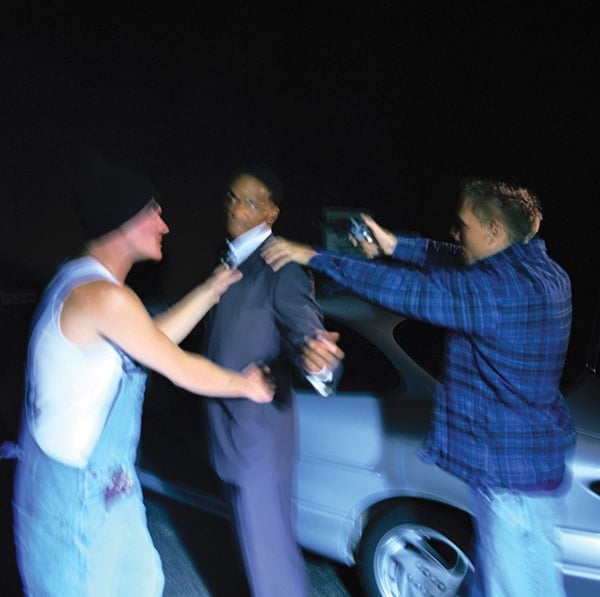Alllen Bundy
Member
A retired armorer in my apartment building made the claim that sights really aren't necessary for concealed carry pistols. He claimed that the sights just slow you down.
As I now have both a P365 and a P365XL, my P365 is now my backup pistol and my P365XL is my EDC. I had made a few modifications to both pistols and needed to test them at the range. I also had a new pair of sights ordered for my P365. I figured that it would be a perfect time to test the armorers claim, so I removed the sights from my P365.
At 7 yards with my P365 without sights, my accuracy wasn't any worse than my P365XL with sights. I was surprised by just how easy it was to sight along the top of slide. It certainly did not take any longer than using sights. But I don't know that it was any faster to not use the sights. Maybe I could have reduced my target acquisition time with more practice without sights. HOWEVER, in poor lighting conditions I think that it would be faster to acquire the target with sights.
For short distances the sights aren't a necessity. But there is no way that I would want to take a 25 yard shot without sights.
But what is FAR more important than the sights is proper grip on the pistol and pulling the trigger smoothly so you do not pull or push your point of impact off target.
I find that for my very long fingers that the optimum finger position on the trigger is about 1/4"from the first finger joint. In this position my finger neither pushes the POI to the left or pulls it to the right. The tighter I grip the pistol the less effect my finger position has on the POI. If I don't grip my pistol tightly enough my finger pulls the POI downward.
While most self defense situations are probably going to occur at very close range, there is always the possibility of needing to make a long range shot. In conclusion, I'll carry with sights on my pistol. But it was an interesting experiment.
As I now have both a P365 and a P365XL, my P365 is now my backup pistol and my P365XL is my EDC. I had made a few modifications to both pistols and needed to test them at the range. I also had a new pair of sights ordered for my P365. I figured that it would be a perfect time to test the armorers claim, so I removed the sights from my P365.
At 7 yards with my P365 without sights, my accuracy wasn't any worse than my P365XL with sights. I was surprised by just how easy it was to sight along the top of slide. It certainly did not take any longer than using sights. But I don't know that it was any faster to not use the sights. Maybe I could have reduced my target acquisition time with more practice without sights. HOWEVER, in poor lighting conditions I think that it would be faster to acquire the target with sights.
For short distances the sights aren't a necessity. But there is no way that I would want to take a 25 yard shot without sights.
But what is FAR more important than the sights is proper grip on the pistol and pulling the trigger smoothly so you do not pull or push your point of impact off target.
I find that for my very long fingers that the optimum finger position on the trigger is about 1/4"from the first finger joint. In this position my finger neither pushes the POI to the left or pulls it to the right. The tighter I grip the pistol the less effect my finger position has on the POI. If I don't grip my pistol tightly enough my finger pulls the POI downward.
While most self defense situations are probably going to occur at very close range, there is always the possibility of needing to make a long range shot. In conclusion, I'll carry with sights on my pistol. But it was an interesting experiment.


